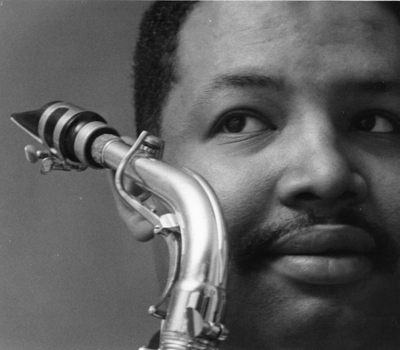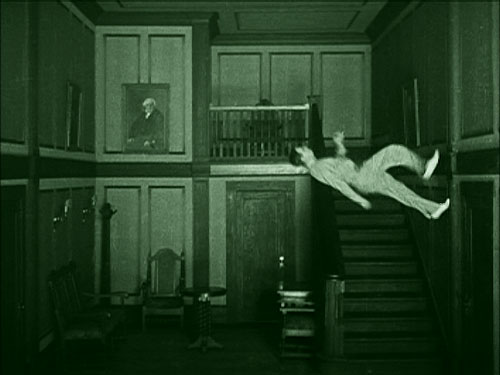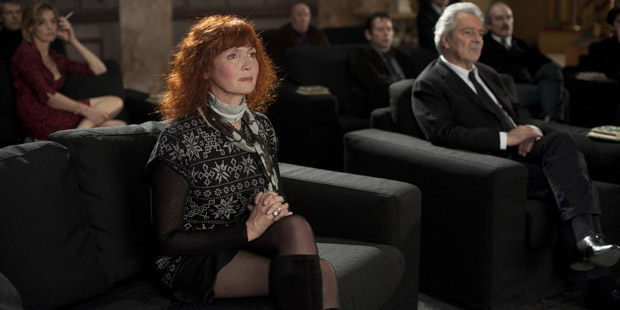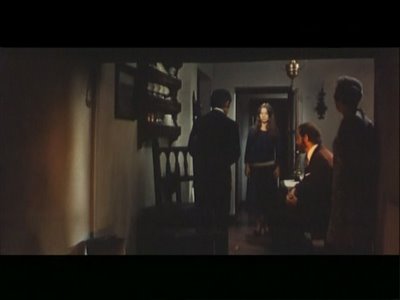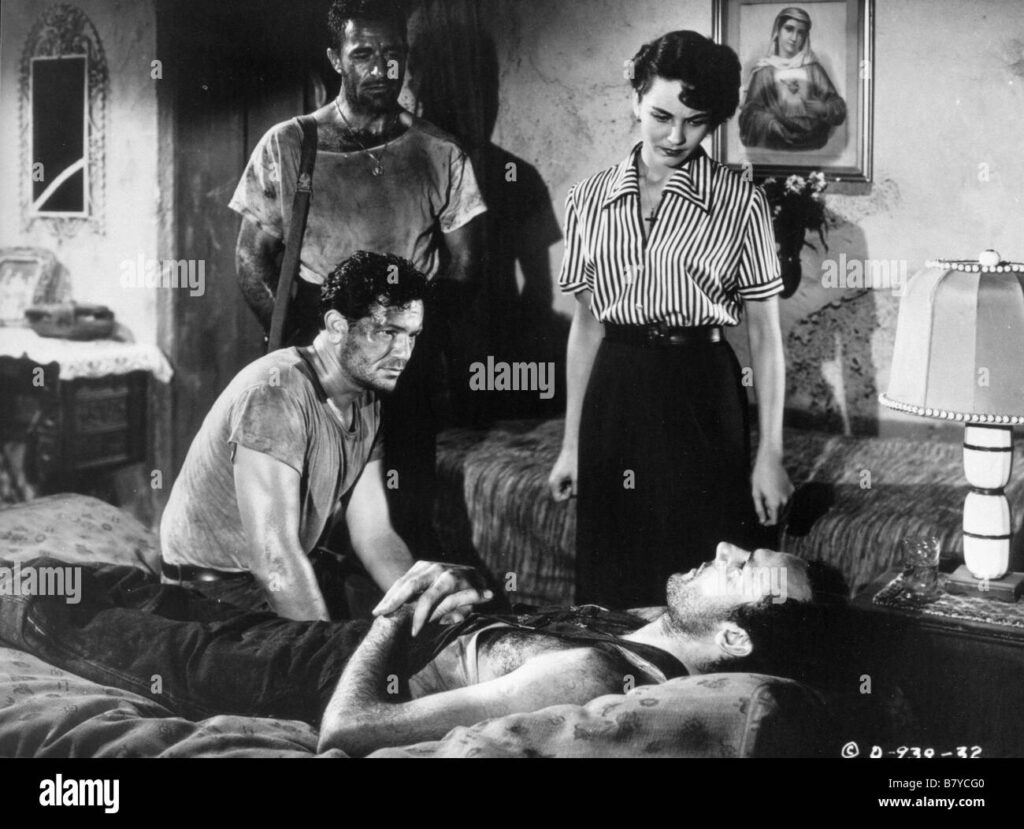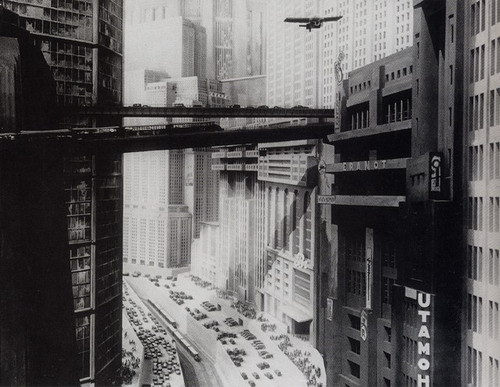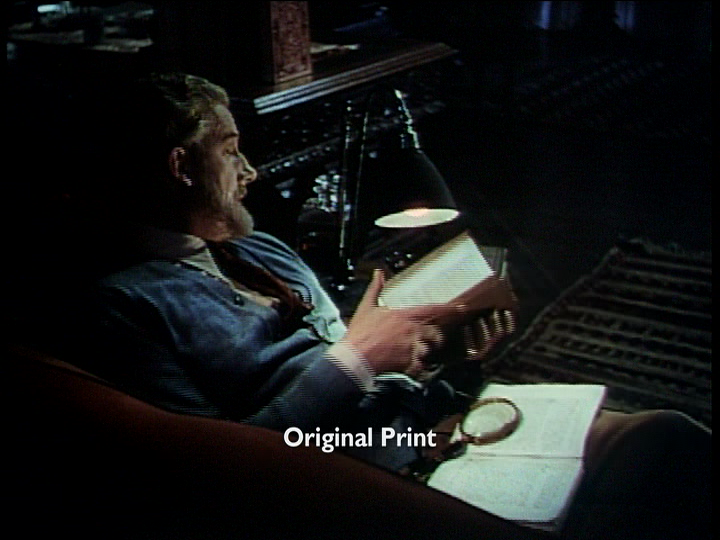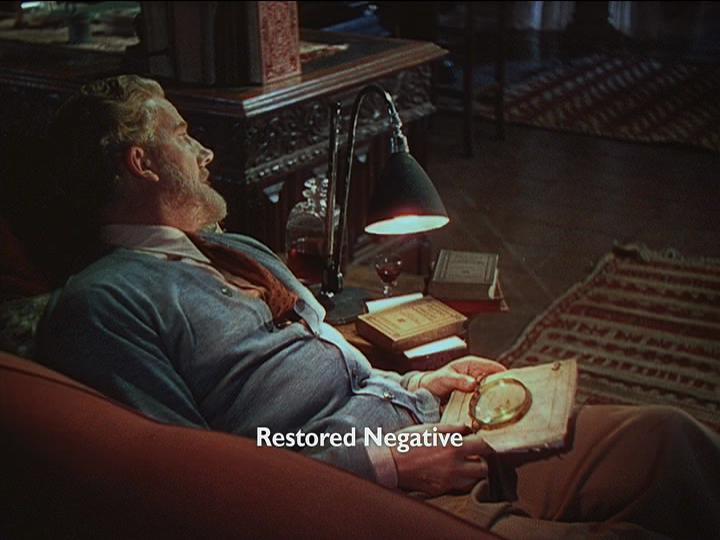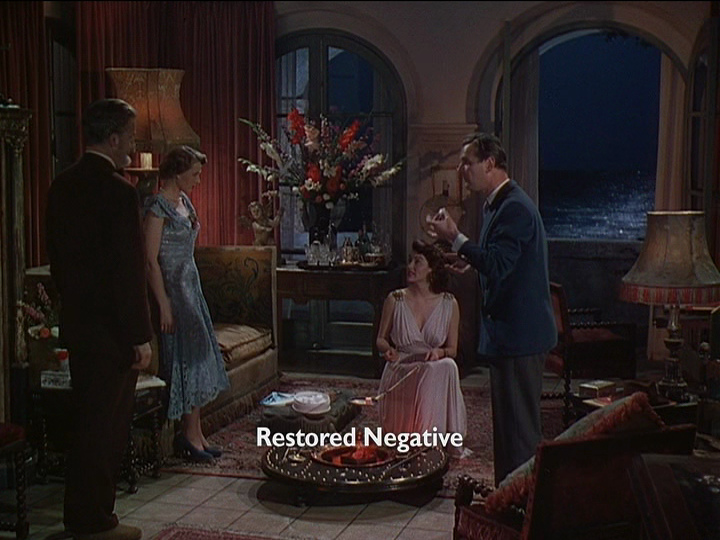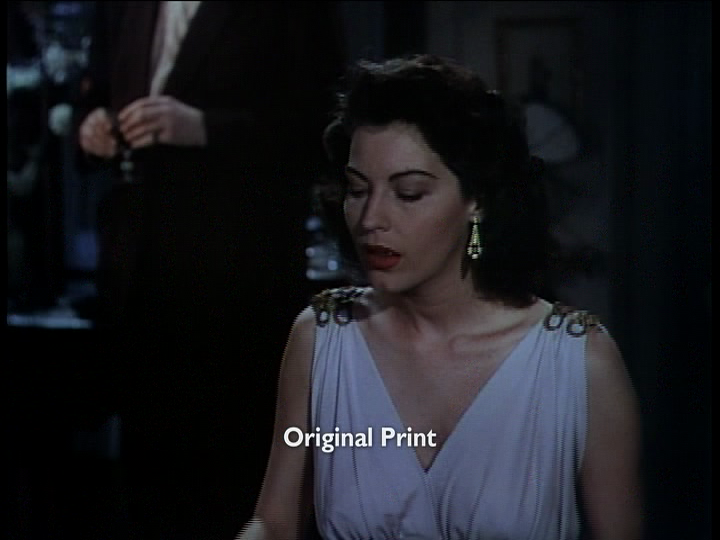From the August 3, 2001 Chicago Reader. –J.R.
This month the Film Center is inaugurating a monthly “Music Movies” series, five programs that will play on Sundays and Thursdays. The focus in August is jazz films, and the programs include four classics I first saw years ago and four others I’ve just seen for the first time. The worst film in the bunch (Cannonball) happens to be the newest one, and the two most interesting (Cry of Jazz and Black and Tan) are the oldest, though I don’t see any particular trend in this.
It’s difficult to speak of any consistent evolution or devolution in jazz films, because each one is the product of a particular taste and sensibility. One rule I use when evaluating these films is how much we’re allowed to follow the music. Another rule, less obvious and more purist, is how important the on-screen listeners are — which matters a good deal, because jazz at its most exciting is a collective experience involving the audience as well as the interacting musicians. If the people on-screen aren’t seen listening when music is being played, we’re discouraged from listening intently.
This helps explain why I was driven batty by the new 23-minute video about Cannonball Adderley, a musician who has given me a lot of pleasure. Read more

